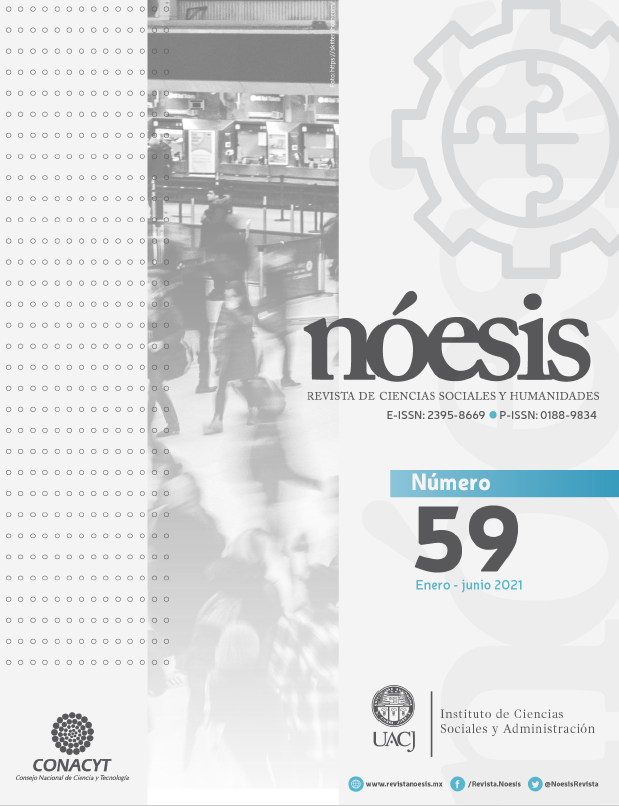Space, collective action and identity: the Vocacional 7 of the Instituto Politécnico Nacional during the 1968 student movement
Main Article Content
Abstract
The 1968 student movement was the product of a network of sociopolitical alliances between students from public and private universities in Mexico. In this article I will analyze, from the sociology of social movements and political and cultural geography perspectives, how this collective movement was built in the Vocacional 7, of the National Polytechnic Institute; how the link between collective action, identity and space crystallized; the forms of material, political and symbolic appropriation of the space, as well as what this school represented for some of its former students. For this, eighteen in-depth interviews were applied to alumni of the Vocacional, all of them participants in this social movement. As we will see, space was an important mobilization resource, as well as being a factor that was part of the collective identity.
Downloads
Article Details

This work is licensed under a Creative Commons Attribution-NonCommercial-ShareAlike 4.0 International License.
References
Álvarez Garín, R. (2002). La estela de Tlatelolco. Itaca.
Berger, P. y Luckmann, T. (2001). La construcción social de la realidad. Amorrortu.
Cantú, R. (2001). Tlatelolco. La autoadministración en unidades habitacionales. Gestión urbana y planificación. Plaza y Valdés.
Cedeño, L. (2003). Vocacional 7: esplendor y recuperación. IPN.
Excélsior. (22 de septiembre de 1968). Violentas refriegas en Tlatelolco.
Harvey, D. (2015). El cosmopolitismo y las geografías de la libertad. Akal.
Heidegger, M. (1994). Conferencias y artículos. Ediciones del Serbal.
Lefebvre, H. (2013) La producción del espacio. Capitán Swift.
Lindón, A. (2012). La concurrencia de lo espacial y lo social. En E. De la Garza y G. Leyva (Coords). Tratado de Metodología de las ciencias sociales: perspectivas actuales. (pp. 585-616). Fondo de Cultura Económica.
Lindón, A. (2014). El habitar la ciudad, las redes topológicas del urbanita y la figura del transeúnte. En D. Sánchez y L. A. Domínguez (Coords.) Identidad y espacio urbano, (pp. 55-77). Gedisa.
Lussault, M. (2005). El hombre espacial. La construcción social del espacio humano. Amorrortu.
Revilla Blanco, M. (1994). El concepto de movimiento social: acción, identidad y sentido. Última década. (005), 1-18.
Schutz, A. y Luckmann, T. Las estructuras del mundo de la vida. Amorrortu.
Tamayo, S. y Wildner, K. (2005). Identidades urbanas. UAM.
Tamayo, S. (2015). Espacios y repertorios de la protesta. UAM.
Touraine, A. (1995). Producción de la sociedad. UNAM
Tuan, Y. F. (2007). Topofilia. Melusina.
Valverde, J. (2018). 1968. Si avanzó sígueme, si me detengo empújame. Orfila.

